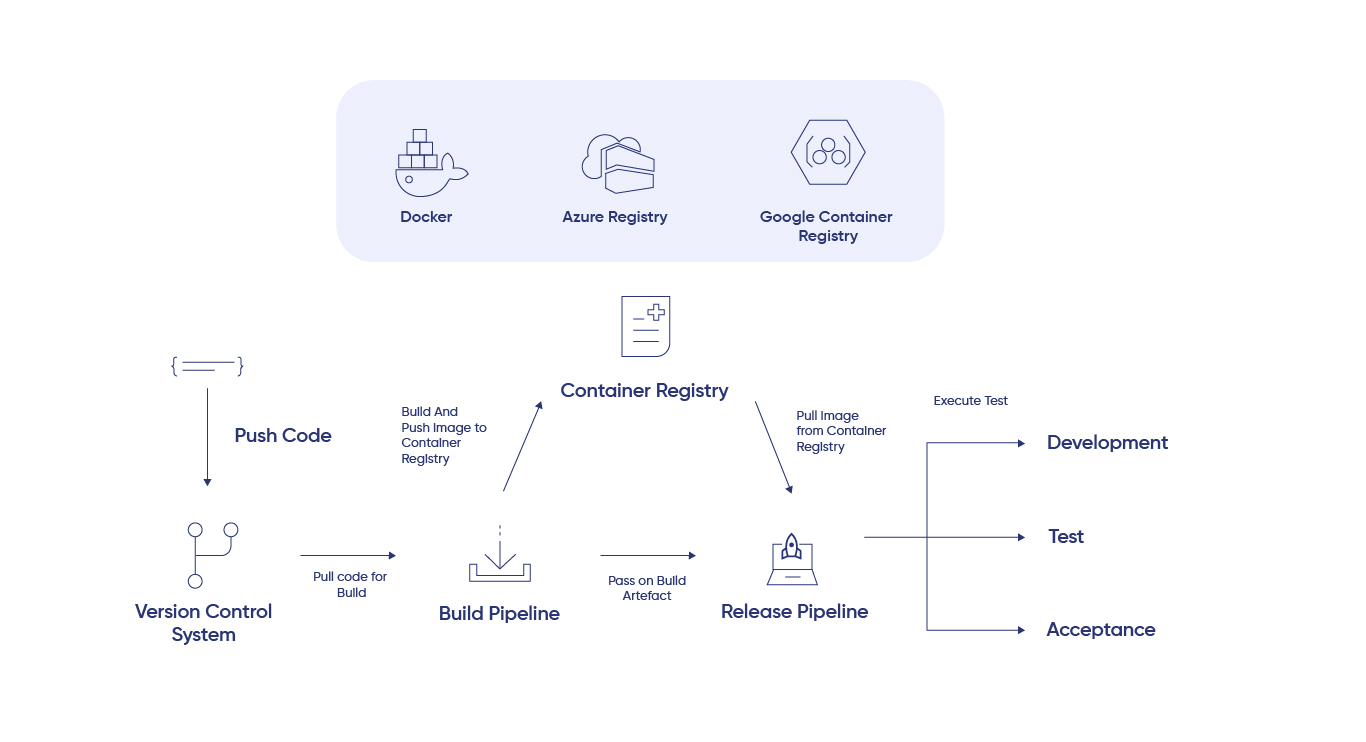© 2024 TVS Next. All Rights Reserved.
© 2024 TVS Next. All Rights Reserved.
Overview

Read more about our story, vision, and values!
Overview

Read more about our story, vision, and values!
Boosting Application Turnaround
for a Tech Product Company
Exploratory testing, Regression testing, DevOps, QA consulting, QA test design
How Did It All Start

What Did We Do
Architecture

The Business Outcome

Reduction in test timing

Elimination of VM issues

Parallel test execution through containers

Ability to scale testing to infinity

Exploratory testing to aid the development team

Broke-free from OS dependencies in testing
© 2024 TVS Next. All Rights Reserved.

Get Started with NexAA Today!
